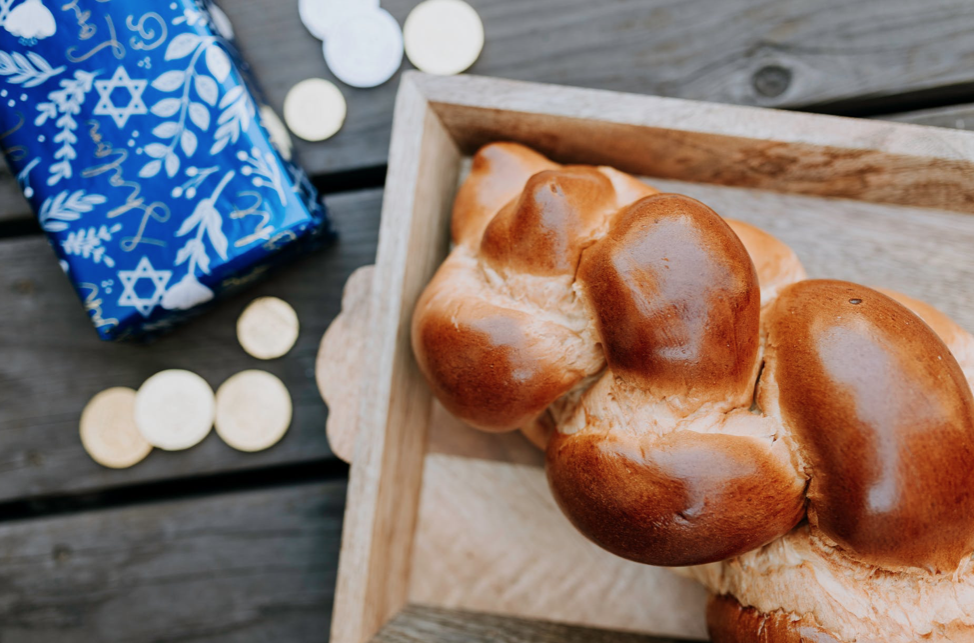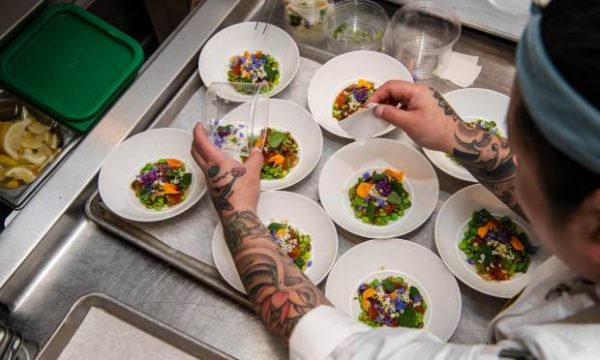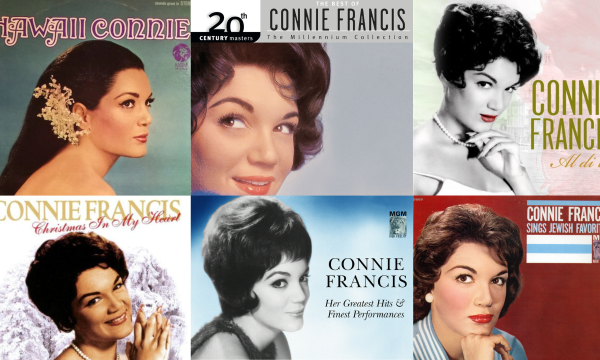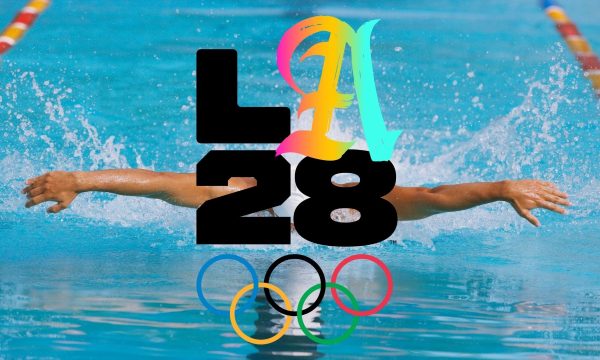The Jewish high holy days are upon us. Yom Kippur is the holiest day of the year. When is it? The 10th day of Tishrei (2021, from several minutes before sunset on Wednesday, September 15, until after nightfall on Thursday, September 16), coming on the heels of Rosh Hashanah (the Jewish New Year, which is on the first and second days of Tishrei).
Yom Kippur means “Day of Atonement,” as the verse states, “For on this day He will forgive you, to purify you, that you be cleansed from all your sins before G‑d."
For nearly 26 hours we “afflict our souls”: we abstain from food and drink, do not wash or apply lotions or creams, do not wear leather footwear, and abstain from marital relations. Instead, we spend the day in synagogue, praying for forgiveness.
For those who are not fasting, but are observing the Yom Kippur, you can wish them a “Good Yontif,” or “Yom Tov.”
Yom Kippur comes just after Rosh Hashanah, also commonly known as the Jewish New Year. In Hebrew, Rosh Hashanah means "head of the year" or "first of the year." It is now the year 5782 according to the Jewish Calendar.
The Jewish New Year is a time to begin introspection, looking back at the mistakes of the past year and planning the changes to make in the new year. The shofar, an instrument made of a ram's horn, is typically blown on Rosh Hashanah in the synagogue, with a total of hundred notes played each day.
The New Year means there is to be no work and most of the day is spent in the synagogue. Typical foods include apples dipped in honey, a symbol of the sweet new year, and bread dipped in honey. The common greeting, L'shanah tovah, translates to "for a good year."














